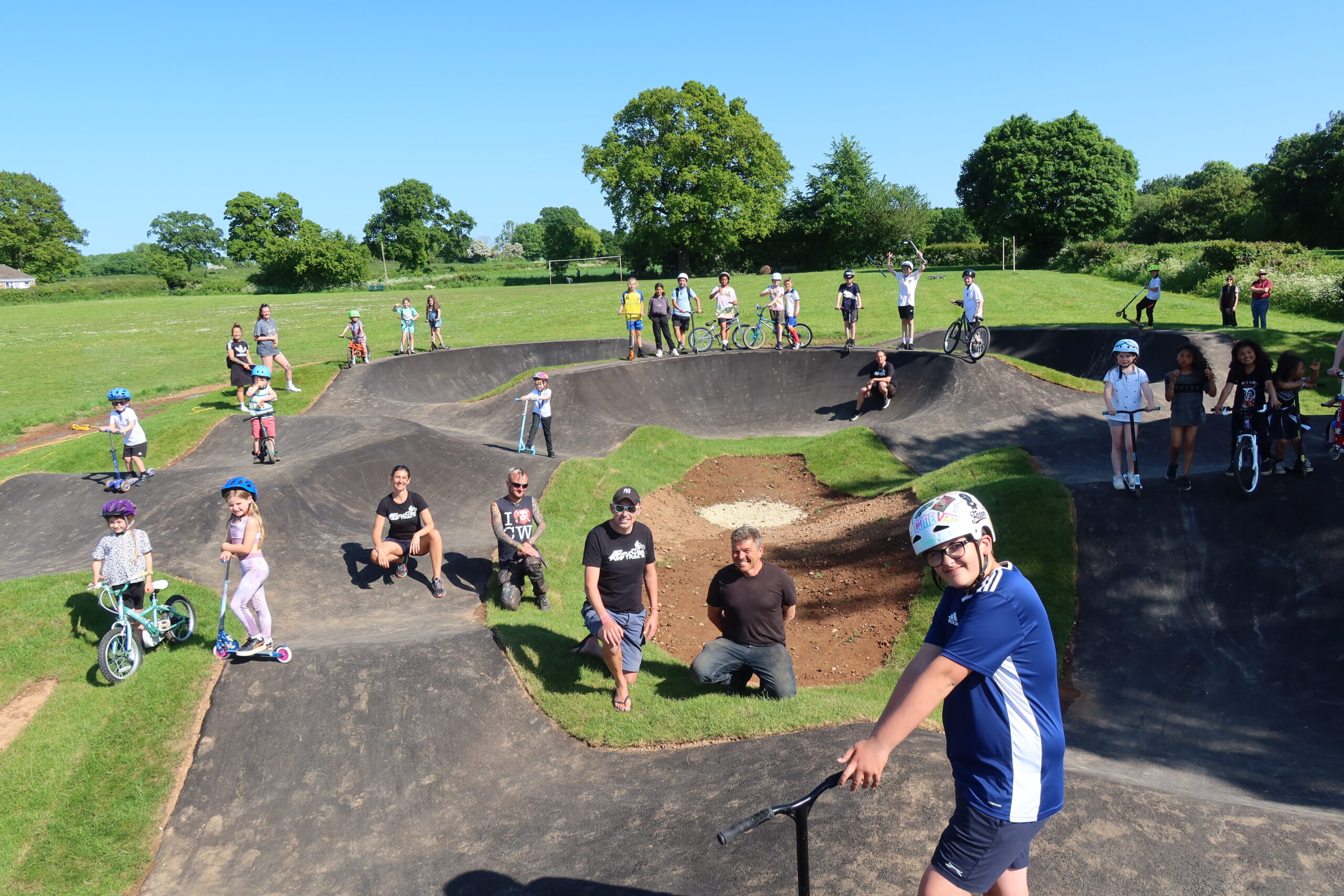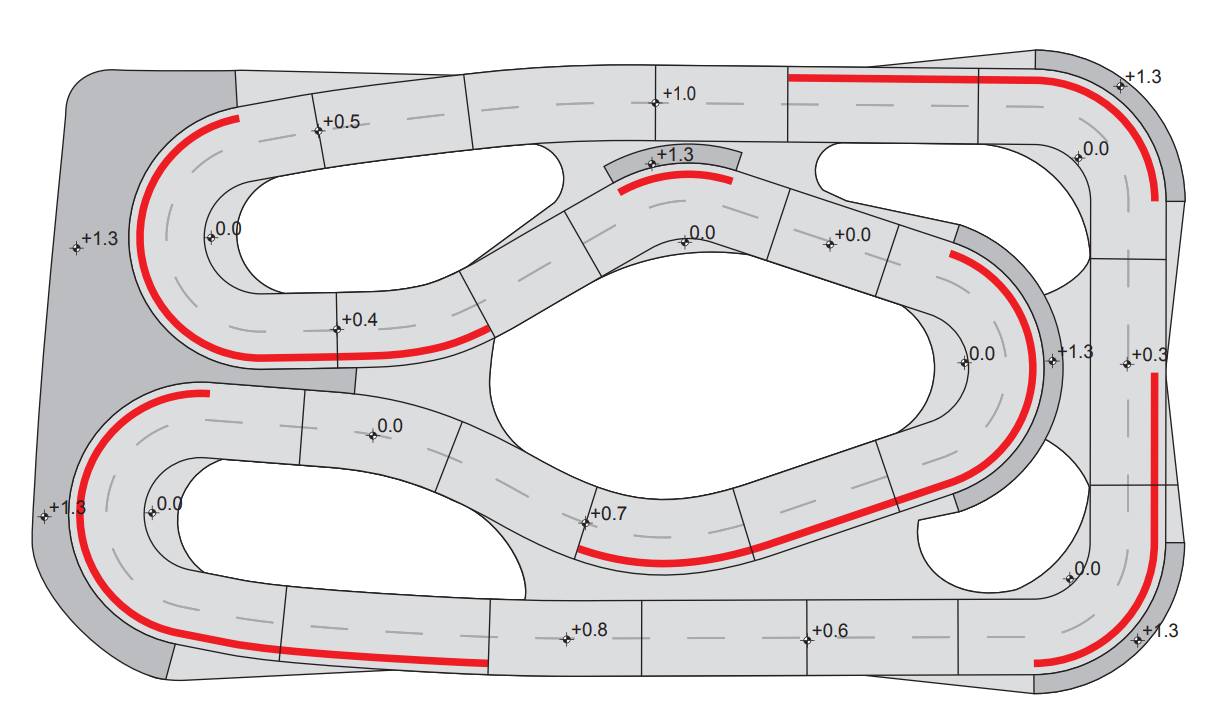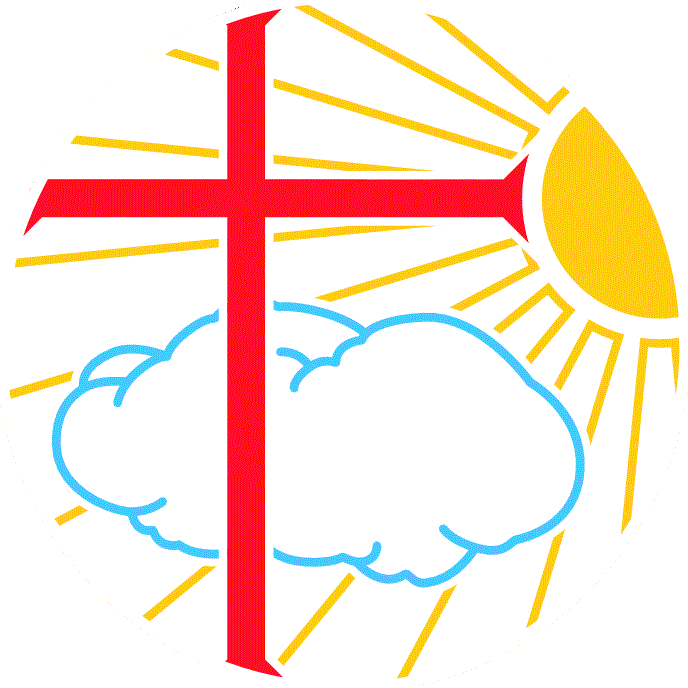Staff or volunteers employed in these tasks on behalf of the local council need to apply their training, manufacturers instructions and the outcome of any risk assessment before undertaking work. The following method statement is to be seen as general advice only.
Please refer to Bath and North East Somerset Council permit requirements for any works carried out on the public highways.
All works on the public highway must comply with the signing, lighting and guarding requirements of Section 65 of the New Roads and Street Works Act 1991.
Resources for Activity
- Hedgecutter
- Brush Cutter
- Strimmer
- correct fuel in an appropriate container for transportation
Recommended Work Sequence
- All operatives must be trained in the use of all equipment and in risk assessment.
- All operatives to wear appropriate Personal Protective Equipment.
- Read all manufacturer’s instructions before using a Hedgecutter, Brushcutter or Strimmer
- Upon arrival at the site, carry out a site specific risk assessment (SSRA). Amend the SSRA as required during the day’s activities.
- Identify any poisonous wildlife, where possible use a shearing blade rather than a spinning blade for brush cutting to avoid splatter of toxic wildlife.
- Implement the outcomes from the risk assessment document. This should include the following general recommendations as well as any other specific obligations.
- Petrol is highly flammable. Take care not to cause a fire or explosion.
- The Hedgecutter is designed to cut wood based shrubbery and small branches only. DO NOT USE IT FOR ANYTHING ELSE. Carelessness or misuse could cause a serious or fatal accident.
- Plan your work and think ahead to make sure you will always be working safely.
- You must have (which must be risk assessed):
- Full Face Visor
- Safety Helmet
- Safety Boots
- Hearing Protection
- Gloves
- Do not exceed the recommended operating time for this piece of equipment. Always follow the manufacturer’s instructions. Ensure you take regular breaks from using the hedge trimmer after every 10 minutes of use. This is to help reduce your hand/arm vibration exposure.
- Check your machine, engine and all equipment. Do not use equipment which is damaged.
- Use only in open outside areas to ensure good ventilation.
- You must wear the recommended protective clothing and equipment recommended for the Hedgecutter you are using. Follow the manufacturer’s instructions.
- Anybody who is working near to you will need to wear ear protection and face protection.
- Protect other people from the noise and dust. Warn others to keep away while the Hedgecutter is in use. Additional safeguards such as barriers may be required when working in the vicinity of members of the public.
- Make sure the area is clear and safe and that no-one is near to you or could distract you.
- Carry out any maintenance to the Hedgecutter / Brushcutter / Strimmer with the engine switched off.
- Make sure you carry out a regular visual inspection of the cutting blades for any imperfections. If there are any, report the damage. DO NOT CONTINUE TO USE.
- Replace blades according to the manufacturer’s recommendations.
- Always grip the Hedgecutter / Brushcutter / Strimmer correctly with two hands while using.
- Make sure that you understand all of the controls. Before you start the machine, you must know how to stop it.
- Ensure good footing when operating Hedgecutter / Brushcutter / Strimmer and do not overstretch.
- Ensure that the area is cordoned off to prevent the public gaining access to the area being cut.
Refuelling
- Do not smoke when refuelling. Petrol is highly flammable. Take care not to cause a fire or explosion.
- Fuel used is to be according to the manufacturer’s instructions.
- Stop the engine and let it cool down.
- If possible move the machine away from your work area.
- Use protective eye wear.
- Use a funnel. Do not spill any fuel on yourself or the machine.
- Wipe any fuel off the machine. Dispose of fuel soaked cloth carefully.
- If you spill any fuel on your clothes, change them straight away.
- Put all fuel caps back on properly, and move your fuel can to a safe, cool place.
To Note – HSE Safety Bulletin: Use of chain flail/non standard cutting attachments on brush cutters
Key Issues:
The European Commission (DG Enterprise and Industry) has required Member States to prohibit the placing on the market of flail-type cutting attachments consisting of several linked metal parts (eg chains) for portable hand-held brush cutters. Non-standard metal brush cutting accessories fitted to petrol driven brush cutters can fail catastrophically in-service.
There is a risk of death or serious injury to operators and others in vicinity from ejected metal components. These accessories are manufactured from more than one component and rotate at high speeds.
Suppliers of such equipment should immediately discontinue supply of flail-type cutting attachments for portable hand-held brush cutters. Anyone using them should discontinue use of any non-standard metal cutting accessory immediately and consult the brush cutter manufacturer for guidance.







